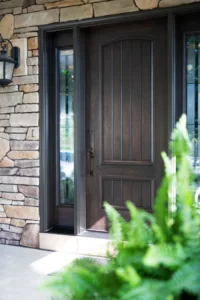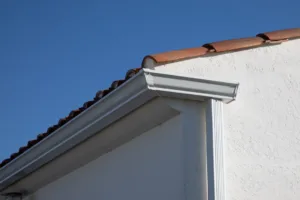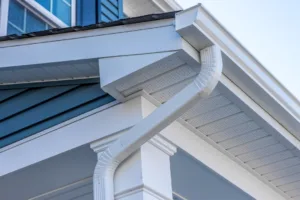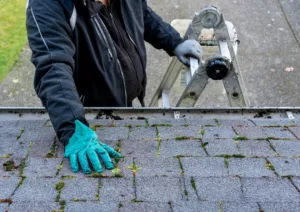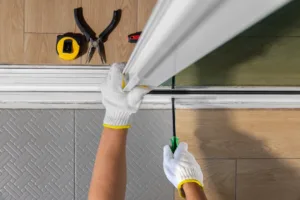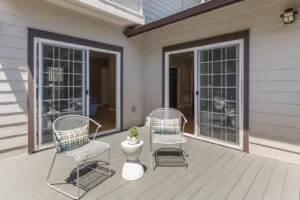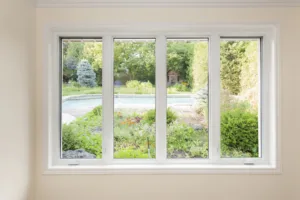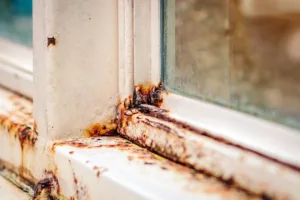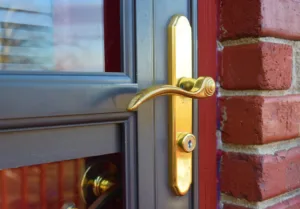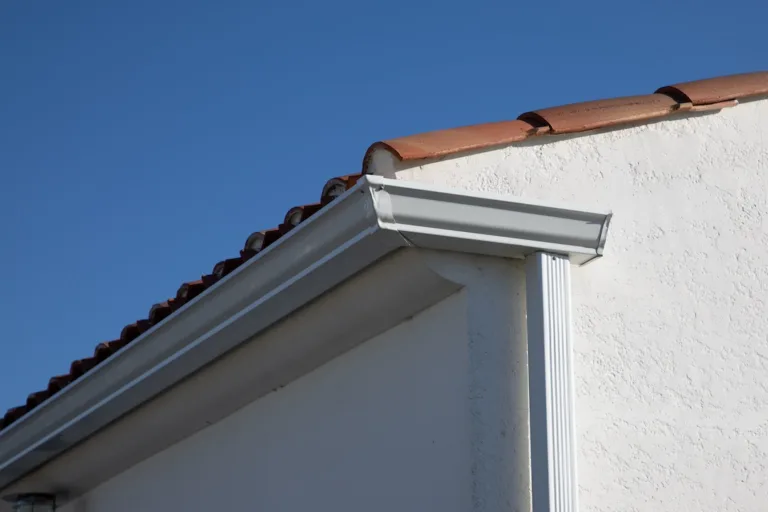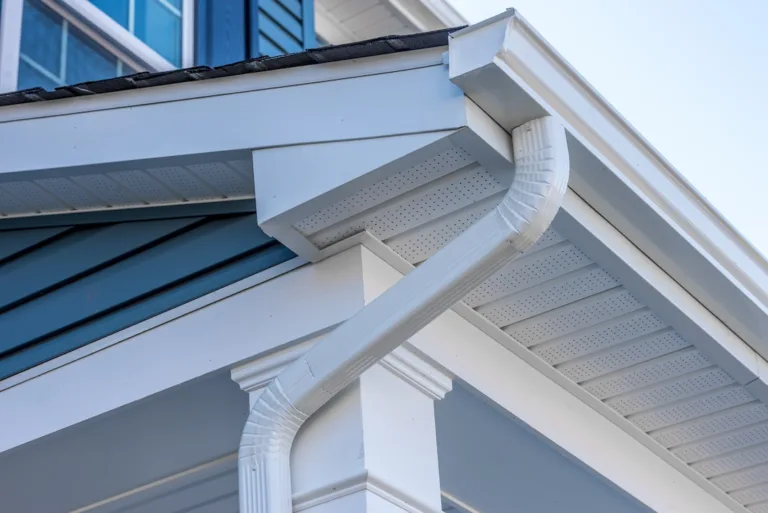In an era of escalating energy costs and growing environmental concerns, every aspect of home energy efficiency matters more than ever. One often-overlooked element is the humble door, which plays a significant role in your home’s overall energy conservation.
The Science Behind Energy-Efficient Doors
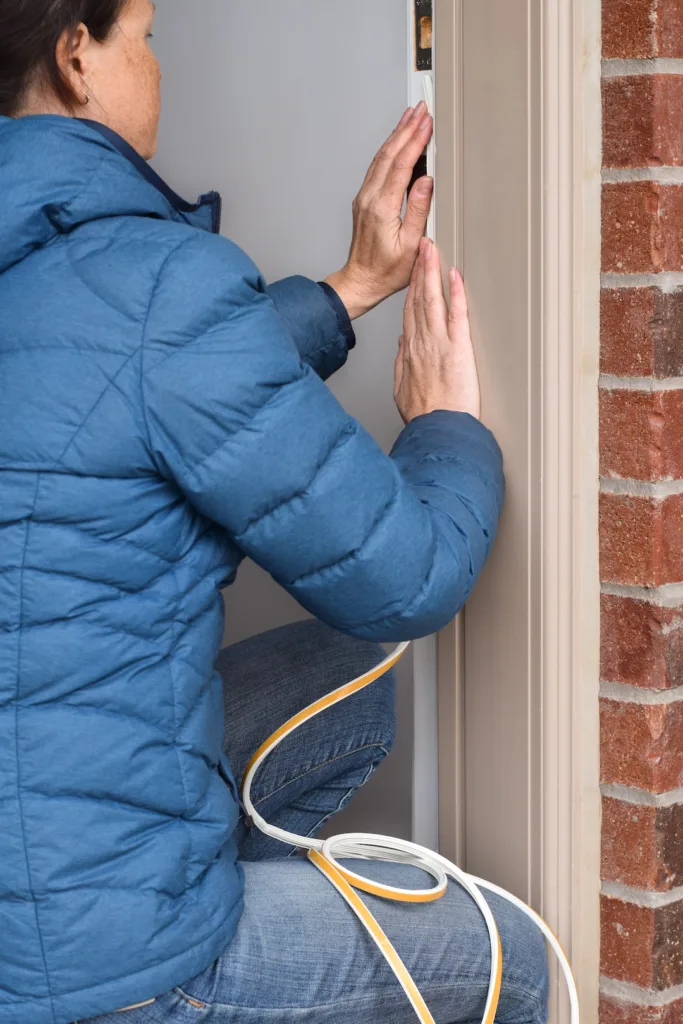
To fully grasp the significance of doors in home energy efficiency, it’s essential to understand the basics of heat transfer and insulation.
Heat transfer is the process by which heat moves from one place to another. It can occur through three methods: conduction (direct contact), convection (fluid movement), and radiation (energy waves). In the context of a home, heat transfer occurs when warm air inside your house escapes during winter and hot air from outside enters your home during summer.
Insulation is the material used to slow down this heat transfer. It works by reducing the rate at which heat moves, helping maintain a consistent temperature inside your home.
Now, let’s consider how these concepts apply to doors. Doors, especially those that are poorly insulated, can be significant points of energy loss in a home.
Think of an under-insulated door as a weak link in your home’s thermal barrier. In the cold winter months, heat from inside your home can escape through this door. Similarly, in the hot summer months, heat from outside can penetrate through the door into your home.
This undesired heat transfer forces your heating and cooling systems to work harder than necessary to maintain a comfortable temperature inside your home. This not only leads to higher energy consumption and increased utility bills but also puts unnecessary strain on your heating and cooling systems, potentially shortening their lifespan.
Understanding Different Types of Energy-Efficient Doors
Energy-efficient doors are designed to limit the transfer of heat from your home to the outside environment and vice versa. By doing so, they help maintain a consistent indoor temperature, reducing the need for heating or cooling systems to work overtime. Let’s explore the different types and their benefits.
Materials and Their Benefits
When it comes to energy-efficient doors, material choice is crucial as it directly impacts the door’s insulation properties.
Fiberglass Doors
These are highly resistant to wear and tear, lending them durability. Additionally, they offer excellent insulation properties, making them an ideal choice for energy efficiency.
Steel Doors with Insulated Cores
Combining the strength of steel with the insulating properties of an insulated core, these doors provide robust protection while ensuring superior energy efficiency.
Solid Wood Doors
While wood is a natural insulator, solid wood doors require regular maintenance to keep them at their peak performance. Despite this, they remain a popular choice due to their classic aesthetic appeal.
As a leader in the New Jersey door and window industry, we’re proud to provide helpful information to people like you.
Door Designs
The design of a door is not just about aesthetics. It plays a significant role in determining the door’s energy efficiency too.
Double or Triple-Pane Glass Sections
Doors with glass sections can be a major source of heat loss if they’re not designed correctly. However, doors featuring double or triple-pane glass sections are designed to minimize this energy loss. In a high quality door, these panes are often filled with gases like argon or krypton, which are poor heat conductors, thus enhancing the door’s insulation properties. The multiple layers of glass also create a buffer zone that helps reduce the amount of heat that can pass through.
Solid Doors vs. Hollow Doors
Solid doors, whether made from wood or metal, are generally more energy-efficient than hollow doors. This is because they have more mass to slow down the transfer of heat and cold. Hollow doors, on the other hand, can allow more heat or cold to pass through due to the air or foam core.
Door Size and Orientation
The size and orientation of your door can also affect its energy efficiency. Larger doors or those directly exposed to the sun may lead to more heat gain or loss. On the other hand, smaller doors or those shaded from direct sunlight can help maintain indoor temperatures.
Proper Sealing
Regardless of the door’s material or type, proper sealing is crucial in its design to prevent drafts and heat loss.
A high quality install like ours includes weatherstripping around the door frame and a door sweep at the bottom to ensure a tight seal when the door is closed.
How to Determine if Your Current Door is Energy Efficient
Detecting energy inefficiency in doors is crucial for maintaining a comfortable and cost-effective home environment. Here are a few simple tricks to help you determine if your door is energy efficient:
- The Dollar Bill Test: This is a quick and easy test to check for gaps in your door seals. Close your door on a dollar bill so it's half inside and half outside. If you can pull the bill out without any resistance, it means there's a gap in the seal of the door through which air can pass, indicating poor energy efficiency.
- Using Infrared Thermometers or Thermal Cameras: These devices detect temperature variations around your door, helping you identify drafts and leaks. An infrared thermometer works by pointing it at different areas around the door, while a thermal camera provides a visual heat map of the area. Both will show cooler temperatures where drafts are present, indicating points of energy loss.
- Observing Temperature Differences Near the Door: Stand near your door and feel for any noticeable changes in temperature. If it feels noticeably colder in winter or warmer in summer near your door compared to the rest of your home, it may mean your door is not adequately insulated and is allowing heat transfer.
- A Good Old Visual Inspection: Look for visible signs of wear and tear like cracking or peeling weatherstripping, or gaps between the door and frame. These signs could indicate that your door isn't sealing properly and is likely not energy efficient.
Remember, even high-quality, energy-efficient doors can become less effective over time due to regular wear and tear, so it’s important to regularly perform these checks to ensure your door continues to help, not hinder, your home’s overall energy efficiency.
Maintenance Tips to Keep Doors Energy Efficient
Maintaining the integrity and efficiency of your door is crucial for energy conservation and cost savings.
Regular Checks for Gaps and Seal Wear
Over time, doors may develop gaps due to settling or wear and tear. Regularly inspect your door and its frame for any visible gaps that could lead to drafts. Pay special attention to the bottom of the door and the area where the door meets the frame. If you notice any gaps, consider using a sealant or weatherstripping to close them.
Reapplying or Replacing Weatherstripping
Weatherstripping is a key component in maintaining your door’s energy efficiency. However, it can degrade over time due to exposure to the elements, temperature fluctuations, and regular use. Check the condition of your weatherstripping regularly and replace it if it’s cracked, peeling, or no longer providing a tight seal.
Appropriate Cleaning Methods
Keeping your door clean can also contribute to its efficiency. Dirt and grime can accumulate in the door’s crevices and on weatherstripping, which can affect the door’s seal. Use a gentle, non-abrasive cleaner to clean the door and its frame without damaging the surface or removing the finish. For glass sections, use a glass cleaner to keep them clear and dirt-free.
Regular Lubrication
Moving parts like hinges and locks should be regularly lubricated to ensure they function smoothly. A poorly functioning lock might not allow the door to close properly, leading to gaps.
Professional Inspection
In addition to these maintenance tasks, consider having your door professionally inspected at least once a year. Professionals can identify potential issues that might not be visible to the untrained eye and can suggest preventive measures to maintain the door’s efficiency.
Maintaining Your Doors Is Worth It!
By following these maintenance tips, you can help ensure your door remains energy efficient, saving you money on energy costs and keeping your home comfortable in all seasons.
Save Money, Save The Planet and Live More Comfortably
Energy-efficient doors are much more than a passage to enter and exit your home. They play a pivotal role in creating a sustainable, comfortable living environment.
Firstly, they contribute significantly to lowering energy costs. When doors are well-insulated and properly sealed, they prevent heat loss in winter and keep the cool air inside during summer. This means less energy is needed for heating and cooling, which can result in substantial savings on utility bills over time.
Secondly, energy-efficient doors help reduce your carbon footprint. By minimizing the amount of energy required to heat or cool your home, they also reduce the amount of greenhouse gas emissions associated with energy production. This contributes positively to the fight against climate change and promotes a healthier planet. These doors enhance the comfort of your home. They help maintain consistent indoor temperatures, reducing cold drafts in winter and heat influx in summer. This makes your home more enjoyable to live in, regardless of the season.
Maintenance of these doors is also crucial. Regular checks for gaps, seal wear, and appropriate cleaning methods can help prolong their lifespan and efficiency. When needed, reapplying or replacing weatherstripping can ensure that the door continues its function of insulating your home effectively.
In conclusion, investing in energy-efficient doors is a smart move for both your wallet and the environment. It’s a tangible step towards a more sustainable lifestyle, making our homes part of the solution to energy conservation, rather than part of the problem.


